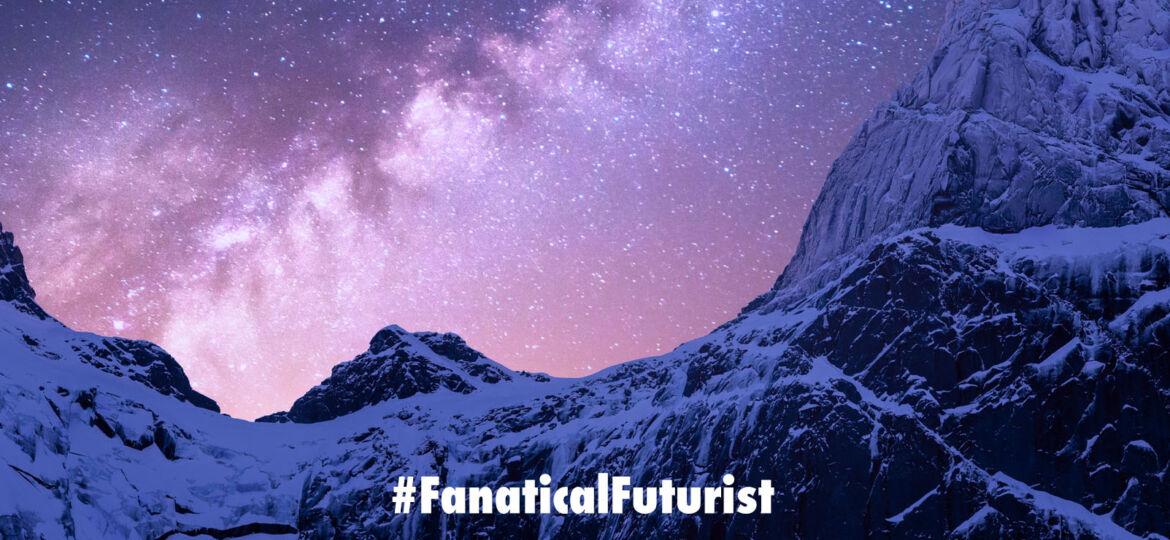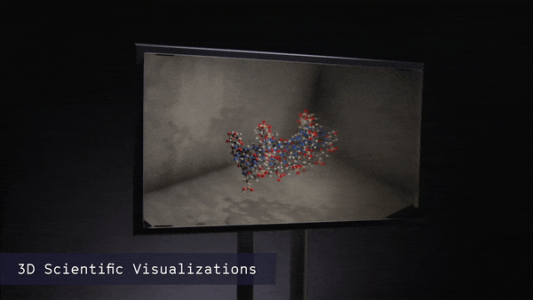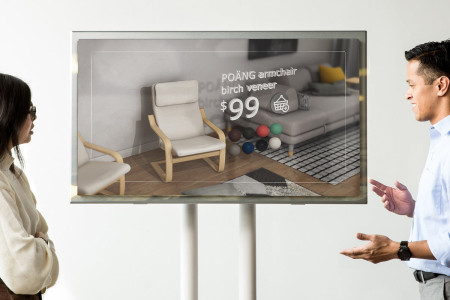
WHY THIS MATTERS IN BRIEF
Volumetric displays are attempting to give users a VR-like experience but without the glasses, and they’re getting better.
 Interested in the Exponential Future? Connect, download a free E-Book, watch a keynote, or browse my blog.
Interested in the Exponential Future? Connect, download a free E-Book, watch a keynote, or browse my blog.
The first thing you need to note when writing about Looking Glass, that I first talked about a few months ago and which is jauntily described by the manufacturers as “virtual reality without the headset” and as a “fishbowl of pixels” is that it’s incredibly difficult to photograph because you’re taking a 2D photograph of a 3D holographic product. But what’s really fascinating about the Looking Glass though is that at its core it gives users a 3D holographic experience without the glasses, and there are very few companies on the planet that say that about their products.
Looking Glass’s first product was essentially a small box aimed at the education market that showed all manner of objects in full holographic detail, but this week at CES 2020 the company showed off their first 8K screen using the technology, and as you can see from the photos it’s as odd as it is stunning.
The new display up close
The new screen is made up of 33.2 million pixels, and uses a 45 element light field in order to create its holographic effect although there is a pretty clear range when the effect really looks good – straight on to about 45 degrees is the Goldilocks zone. Beyond that, things get fuzzy. They also get a bit out of focus when the hologram extends too far out as in the case of a 3D image of a man’s face whose nose extending out about six inches was pretty fuzzy.
So far the four year old company has raised around $14 million and there are some high profile investors on board, including SOSV, Lux Capital and Foundry Group, which led the last round – there’s also a certain benefit to a technology that leaves interested parties wowed when they leave the room.
“There are thousands of [our] systems in the world now and a lot of the developers that have purchased those systems are with big companies,” says CEO and co-founder Shawn Frayne. “In a lot of ways they’re evangelists. They develop their own apps using the utilities we built.”
Beyond enterprise uses the Brooklyn-based startup is exploring consumer applications as well including basic things like holographic video chat, something that one day they might put them head to head with Microsoft’s own alternative “holographic” technology Hololens. Frayne says the company has also had some discussions around gaming. But while the tech is pretty unpractical for such down market uses the company’s new 8K demo is an exciting peek into a future potential of more immersive shared displays and experiences.


















